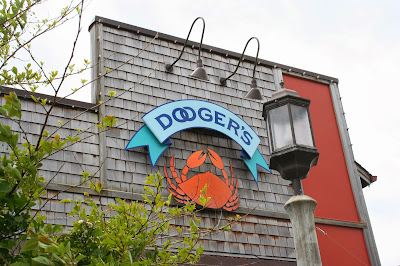July
27th 2013 marked the sixtieth anniversary of the Armistice Agreement
signed at a place called Panmunjom, Korea. For those of us who were there and
got to come home because of it, and are still around today, it is a date which
over the years still has the power to raise a storm-tide of memories. Almost
one third of those returning veterans have already passed on and the rest are
leaving us at a rate of 500 each day; an all-too-quiet generation of American
warriors who managed to survive what was long called our “forgotten war”.
This
Korean Veterans’ Day, I was invited to meet with and address a group of 25
Korean teen-age students – the grandsons and granddaughters of the benighted
people whose struggle for survival and freedom we fought for all those years
ago. Part of an exchange program which originates from the confluence of
American soldiers from southern Utah, and the threatened civilians of Gap Yeong
whose survival they had made possible, these young people had come to meet and
thank those veterans.
With my good friend and patriotic
Korean/American Mrs. Sunny Lee at my side and helping with translation, I
resorted to my basic comfort zone as a “story-teller”, relating some of my most
personal recollections of an exposure to Korean culture within the context of
war. My return to modern-day Korea in
2009 had established a reconnection with memories which had long slumbered, and
which have taken on a new life worth sharing with this eager audience whose
emotional response was both surprising and deeply humbling.
As I had sat in my office earlier
that day contemplating what I might say or do to connect with this group from
whom I am estranged by language, years, miles and even generations, my eyes
wandered to my “memory wall” where mementos and a talisman or two are constant
reminders of the experiences which have helped to shape me. My gaze settled on
the military field canteen which had ridden on my web belt for all those bad
and good days of my Korean tour, and which had been faithfully filled each
morning by Ko Jin Ho (“Sammy”) my teen-age tent house-boy.
It had languished empty and unused
for so long that it took a vice-grip tool to open it, and an hour of purging
and rinsing to render its rusty interior relatively clean. The more I traced
its history in my mind, from the moment I packed my worn and weary barrack bag,
to my return to a stateside assignment and a new life, I realized that the very
last time I would have had occasion to drink from it would have been that
September day in 1953 when “Sammy” filled it for my road trip to Seoul’s Kimpo
airport and my flight home.
In the course of my talk with those
modern Korean students within the shadows of Utah’s Zion, I told them the story
of my emotional reunion with Ko Jin Ho in 2009 and the way our lives had
touched in a land and time of constant gunfire and fear. The canteen, now filled with Rockville water
lay unnoticed at my feet. Then, for the first time in 60 years, I unscrewed the
cap and raised it to my lips with tears seeping from my eyes and my heart
overflowing.
At the evening’s conclusion, it was
at least an hour before Shirley and I could escape the emotional hugs and picture-taking
of these wonderful kids who are younger than our own grandkids, and filled with
a newborn sense of thanksgiving for the freedom they are heirs to.
Several of the boys quietly asked to
drink from my canteen.
Since
almost every piece of equipment we had was left over from WWII, my personal
field canteen probably has a history even beyond Korea. Al Cooper photo
Korean
teen-age visitors mark the 60th anniversary of their country’s
armistice beneath the peaks of Zion National Park. David Suh photo











-commons.JPG)












